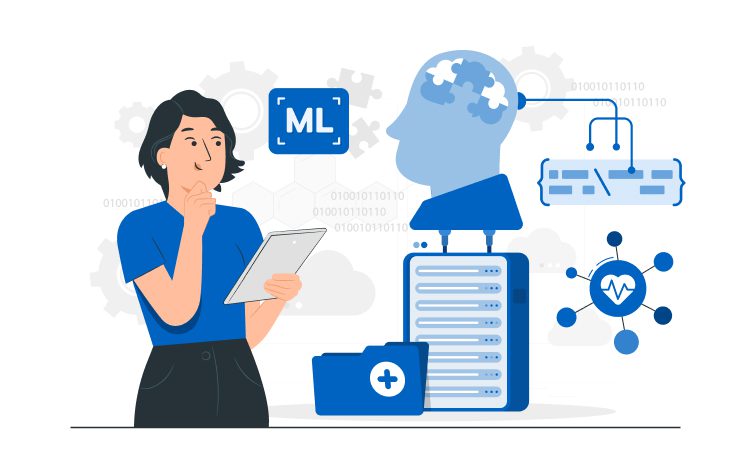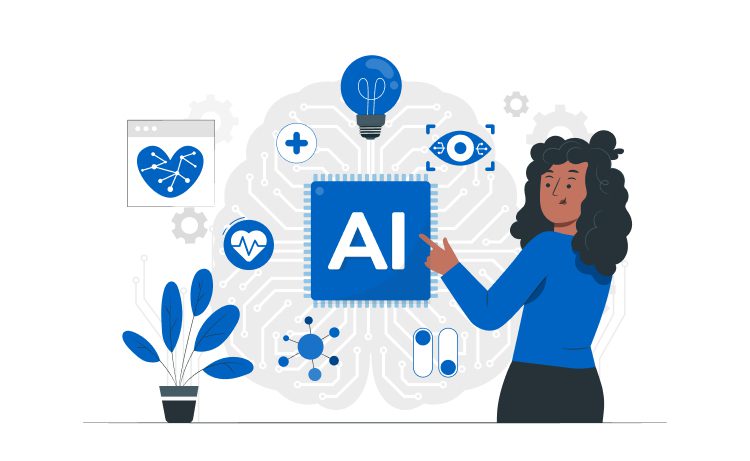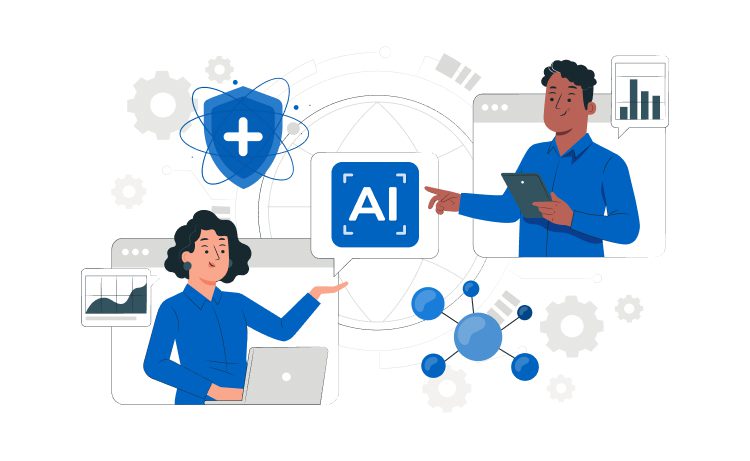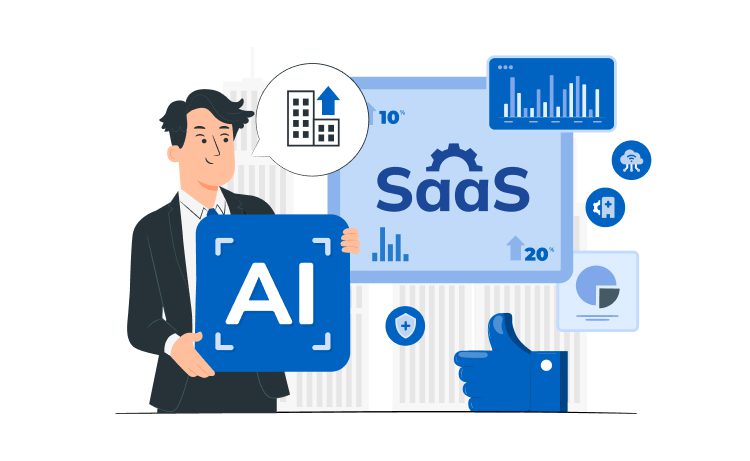
What’s the use of the wearable health technology



Wearable health technology is extremely popular with healthcare providers due to an increasing level of patient engagement. Patients are getting more and more diligent about their health condition and more and more willingly share useful data from their wearable devices with their doctors. Let’s see what types of wearable health devices technology can offer.
Content
Sleeping is an important part of everyday life influencing health condition of a person. Sleep trackers help get interesting insights of the sleeping process and try to increase its quality. However, the one has to keep in mind that the 100% accurate sleep trackers have not been invented yet.
There are several types of sleep trackers: devices that you need to put on your wrist or standalone devices. There are even sound and light machines that can help fall asleep and wake up gently.
Wrist sleep trackers are based upon actigraphy that involves movement recording through a measuring device, accelerometer. They imply that a certain quantity of movements corresponds to being awake or asleep.
Speaking of their accuracy, Martin and Hakim research proved the wrist sleep trackers useful for assessing sleep in a natural environment. On the other hand, they are not complete substitutes of the clinical sleep research. According to the research, sleep trackers are the most accurate when estimating total time sleep, sleep percentage, and the time when waking occurs.
There are many complaints, though, when sleep trackers misinterpret still lying in bed (like watching TV) as sleeping.
Activity bands for your wrists bring useful insights into one’s health. Step counting, GPS for running, heart rate testing VO2 max data (maximum oxygen consumption) are available with a lot of fitness trackers. Some of them, like Fitbit, even supports breathing training to overcome stress. Such fitness tracker as Garmin Vivosmart will be especially useful for those who love working out, as it has a rep counting feature.
There are even waterproof trackers that track swimming. However, you should be cautious, as if a track is waterproof, it does not necessarily mean that it can track swimming.
Again, the accelerometer is a core of measuring technology of your fitness tracker. Currently, they use 3-axis accelerometers to track movement in every direction together with gyroscope (in some versions) to measure orientation and rotation. The data collected is later converted into steps and other activities and from them to calories burnt.
Altimeter included can measure how high you managed to climb either it’s stairs in your house or a mountain. All the data is gathered with the help of sensors. And the accuracy of a wearable device depends on the number of them.
Hypertension is, unfortunately, a widespread disease, with 29% of American adults having high blood pressure. So, it’s not surprising that healthcare wearables for blood pressure measurements are extremely popular.
A good example of this wearable category is Withings Blood Pressure. It consists of a cuff, wireless blood pressure monitor, and the Health Mate app that launches automatically. The app gives an instant feedback with colored graphs and recommendations for hypertension.
Weight is an integral constituent of a good health condition. This makes it important to measure and observe weight. Wearable health technology makes it easy with various devices, like Fitbit Aria. This is a smart scale that measures weight and body fat percentage. This data is then transferred to a cloud account via home Wi-Fi network. It can be connected to the Fitbit account so that user can compare weight changes with physical activities.
Constant monitoring of heart and diseases connected with it can eliminate such serious outcome as a heart attack. A smartphone-based electrocardiogram is a great wearable solution for such a case, like AliveCor Heart Monitor. It is a slim device that should be attached to a mobile phone. AliveCor supports ECG recording, data collection, and educational resources. Later, it provides doctors with extremely useful insights.
To sum up, with wearables, healthcare technology is improving the medical industry making it fancy and trendy to keep track of one’s health.








